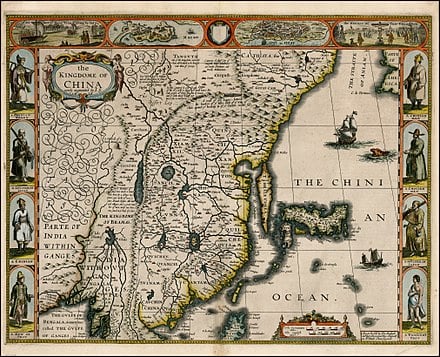Wanggongchang Explosion
The Wanggongchang Explosion (Chinese: 王恭廠大爆炸), also known as the Great Tianqi Explosion (天啟大爆炸), Wanggongchang Calamity (王恭廠之變) or Beijing Explosive Incident in Late Ming (晚明北京爆炸事件), was an unexplained catastrophic explosion that occurred on May 30, 1626 AD during the late reign of Tianqi Emperor, at the heavily populated Ming China capital Beijing, and had reportedly killed around 20,000 people. The nature of the explosion is still unclear to this day, as it is estimated to have released energy equivalent to about 10-20 kiloton of TNT, similar to that of the Hiroshima bombing.
History Background The Wanggongchang Armory was located about 3 kilometres (1.9 miles) southwest of the Forbidden City, in modern-day central Xicheng Dis… Continue Reading (8 minute read)